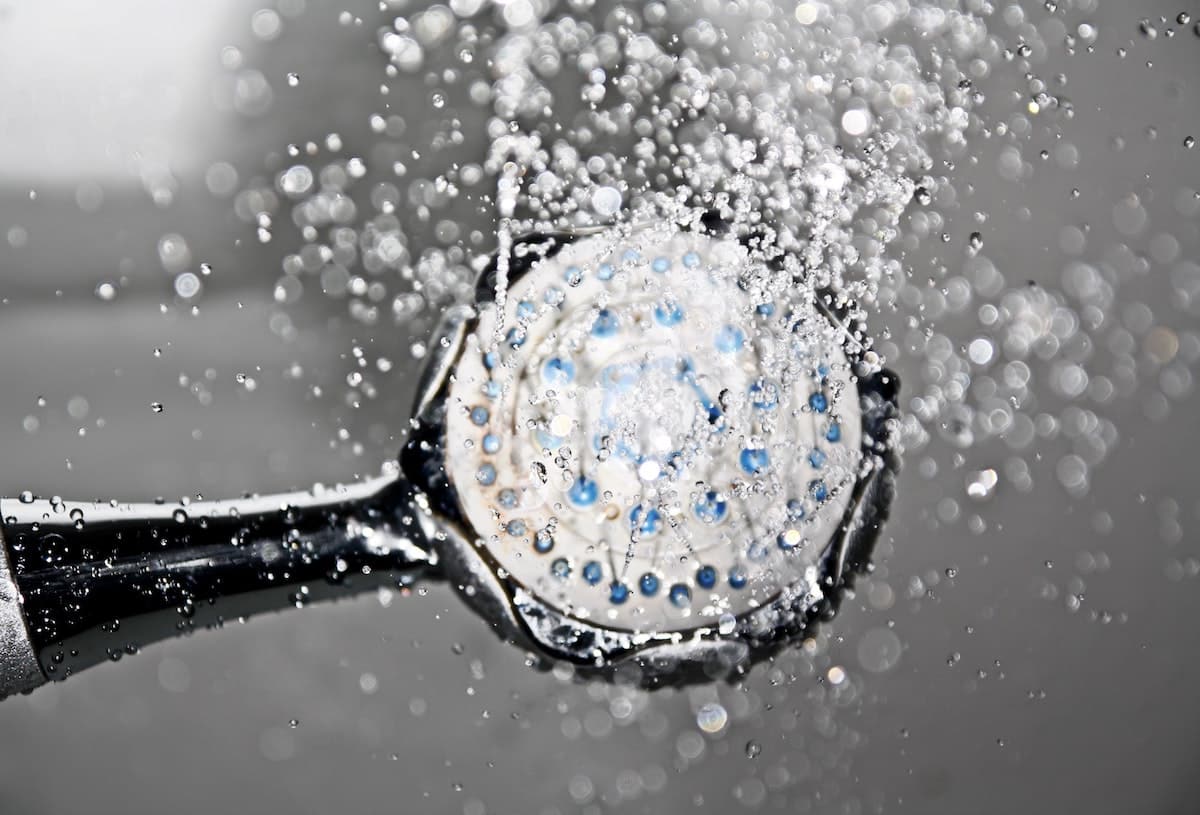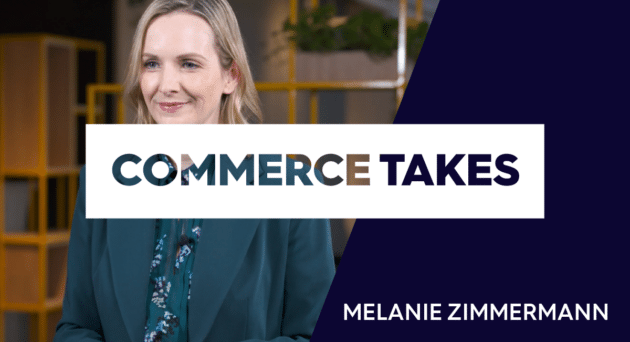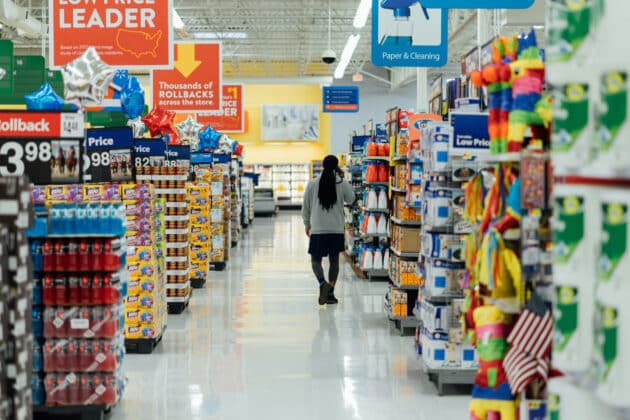Jeremy Maxwell, chief digital officer at Wolseley UK, discusses how a business steeped in tradition is embracing ecommerce and persuading its customers big and small to do likewise.
Plumbing, heating, and cooling trade merchant Wolseley straddles the shrinking divide between traditional and digital commerce with deceptive ease.
The operating company of Ferguson plc, Wolseley delivers plumbing and heating products to nearly 800 branches from regional distribution centers in Melmerby, Worcester, Milton Keynes, and Measham, supported by a national distribution center at Royal Leamington Spa.
As CDO, Maxwell’s remit is to “drive digital innovation, to change the customer experience, making us the easiest merchant to do business with”.
Until relatively recently, ecommerce accounted for just one percent of Wolseley’s business. Today it’s in the double digits, and much of this shift has been driven by growing opportunities for innovation as technology evolves.
Different marketing tactics for customers big and small
Wolseley supplies plumbing, heating, and cooling parts to 1.1 million customers. From “‘Joe the plumber’, the one-man band, all the way up to the likes of British Gas, Npower and SSE, the really large customers,” he says.
“The challenge for us is about making functionality that works for one but also doesn’t put off the other. A way that we’re doing a lot of that is through personalization. So when you log on to our web platforms you get the experience that is relevant to you.”
Accordingly, Wolseley’s approach to marketing depends on the target audience, spanning the classic techniques of pay-per-click, with Maxwell and his team “constantly pushing the envelope on SEO to make sure we’re top of the rankings”.
Smaller customers tend to be targeted with more traditional — albeit with a digital emphasis — marketing techniques, “from email, to welcome programmes to loyalty programmes”.
But elsewhere, and particularly for its larger, relationship-centric customers, face-to-face conversations around bookmarking its page and attracting direct traffic to the website are important.
Changing consumer habits of a lifetime
With such fundamental change afoot, there are significant challenges ahead. While for many ecommerce businesses “a customer just comes”, Wolseley’s customers are “different – they have relationships over many, many years.”
Getting customers to change their habits is tough, he admits, which is why the company is making sure its staff across branches and in sales are embracing ecommerce so they understand the tech and can explain and sell it to customers.
“It’s very easy for customers to go back into old ways in our sector,” Maxwell says. “It’s the habit of a lifetime.”
This post is part of a Criteo-sponsored video thought leadership series with Hot Topics.ht. Featured content highlights retail marketing, digital, and ecommerce executives as they explore the emerging tools and techniques used by both luxury and high street brands to drive growth in the form of retention and acquisition of customers.





















